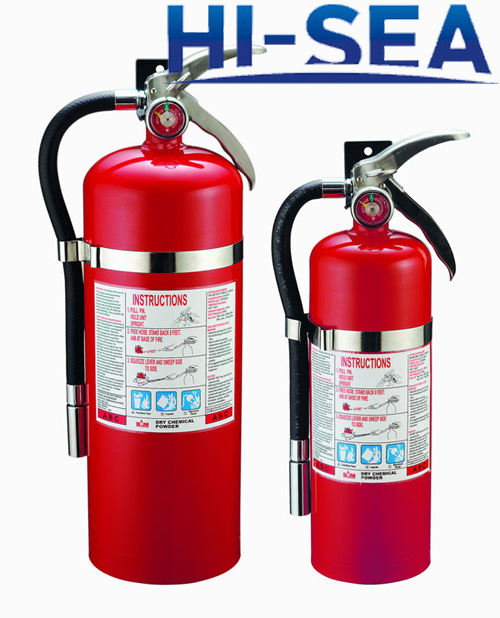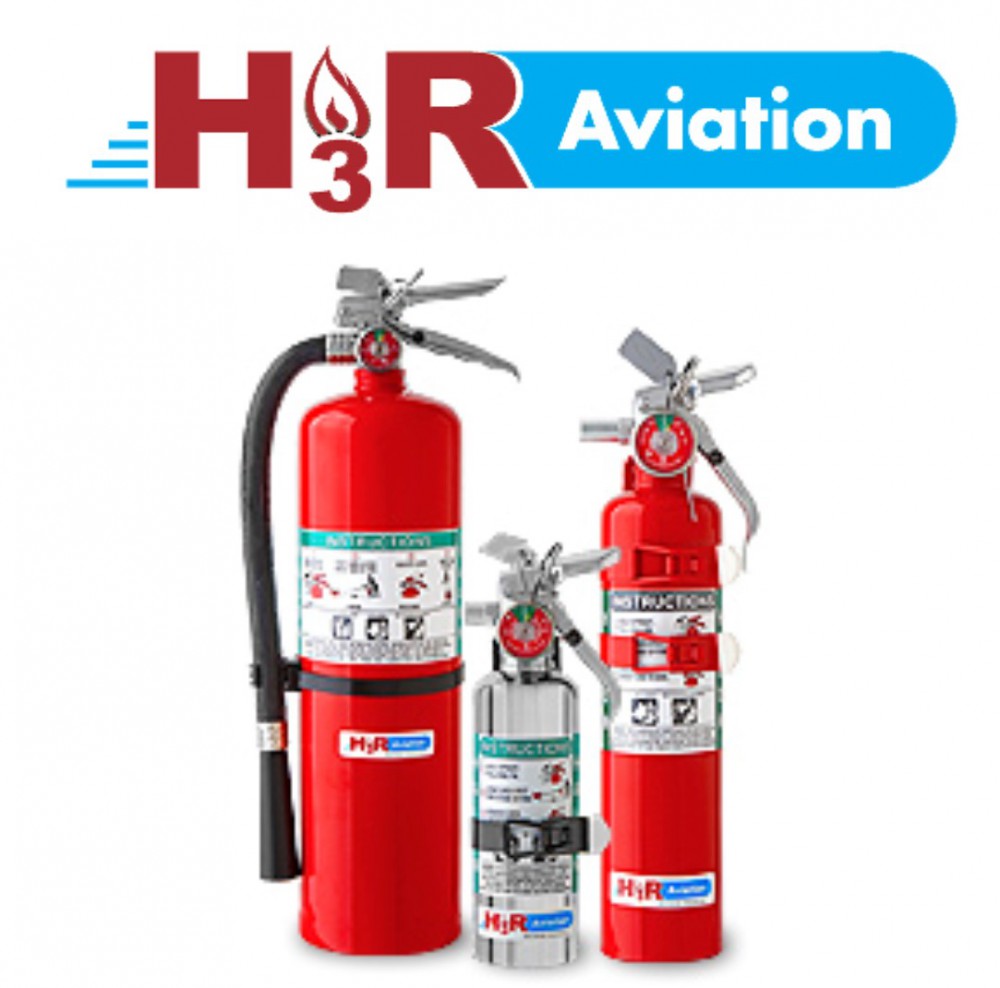


Looking for a gas-based motorsport fire extinguisher?Īt FEV, we offer the very latest in innovative motorsport fire extinguishers, with both gas and foam-based plumbed-in and handheld models. This means that no halon-based extinguisher will meet these requirements. All competition cars must instead be fitted with an FIA-approved fire extinguisher which has been serviced within the last couple of years. The use of halon gas fire extinguishers is now completely banned and therefore illegal in the UK, including, of course, in motorsport. If you have an old car still kitted out with a halon extinguisher and are wondering whether you can still use it, don’t even think about it. Can I still use an old halon fire extinguisher in a car? Similarly to halon gas, it won’t leave residue on your car’s engine or other components. Halon gas has most commonly been replaced with NOVEC 1230 gas, another highly effective fire-suppressing agent. You can still use it in aircraft, the armed forces and the police can still utilise it and it is still in use in the Channel Tunnel. There are indeed a few exceptions to the general ban on halon gas in the UK. In the EU this took effect in 2000 in the UK it became effective some three years later.īecause it was still used in the UK and EU for some time after it stopped being produced in the US, it’s not unheard of for someone to have a halon-based extinguisher kicking around in their race car or other vehicle, since halon gas wasn’t exclusively used in motorsport extinguishers – any car gas extinguisher from the past could have been halon-based at one time or another. However, in the UK and across the EU, there is a complete ban.
#Halon fire extinguisher how to
According to America’s Environmental Protection Agency (EPA), current supplies should last until around 2030, while the EPA now has strict guidance on how to recycle these products. In the US, the new production of halon gas and anything containing it was banned in 1994, although halon gas itself isn’t banned, meaning you can still find it in recycled formats. While the two currently used types of this gas are far safer, they can still create toxic by-products, and you should evacuate a room or car as quickly as possible once a system has been activated. There is also some danger to human health, especially from older units, since early halon gas products worked by cutting off the oxygen supply. The end of the Halon eraīut, in the late 1980s, people started to realise that halon gas depletes and damages the ozone layer, and so is extremely harmful for the environment. Indeed, it was the primary type of gas used in gas-based motorsport fire extinguishers, as well as being the gold standard for protecting computers and other technology from fires and residue damage. In these settings, halon extinguishers were typically in the form of overhead fire suppression systems.īecause halon gas doesn’t leave a residue behind, it was a popular choice in motorsport where it is, of course, crucial protect engines. Halon gas-based fire extinguishers were popular in places like museums, computer labs and libraries, or on-board boats and planes, where expensive electrical equipment needed protection from fires and fire damage. The gas is also non-conductive and non-volatile. Crucially, it can put out a blaze quickly without damaging anything in a room, as it does not leave a residue. Halon gas is a chemical compound that was popular for use in fire suppression systems. We hope this blog answers your questions. It’s also intriguing to see just how popular this gas used to be. These are all valid questions, and we love that so many people seek our advice. Plus, many are keen to understand why Halon was banned in the first place. Yet people still want to know what happened to these types of extinguishers, if we still sell them, whether you can still use them and if not why not. It’s perhaps surprising in many ways that we’re still asked about this, since the use of Halon gas has been banned for more than 20 years now. People often ask us what happened to Halon gas fire extinguishers – so frequently, in fact, that we thought the subject merited its own blog.


 0 kommentar(er)
0 kommentar(er)
